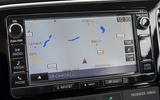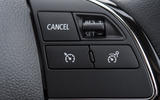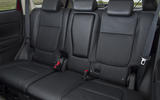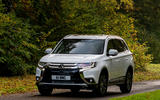The Mitsubishi Outlander diesel is the lesser-known sibling to the Outlander PHEV. Whereas the latter stands out as one of the few mainstream plug-in hybrid SUVs available, the oil-burning version finds itself in a much more crowded - not to mention competitive - part of the market.
As with the PHEV version, the diesel Outlander was lightly refreshed for the 2017 model year. Its MacPherson front strut and multi-link rear suspension was fettled to lend it a greater degree of surefootedness on the road, and greater attention was paid to reducing noise in the cabin.
Where the PHEV and the diesel start to differ, though (past the obvious point of their powertrains), is in the practicality stakes: the former is offered strictly as a five-seater, while the latter can seat up to seven.
Pricing the difference: Mitsubishi Outlander diesel vs PHEV
You’ll part with £25,955 for the entry-level version of the Outlander diesel (or £28,769 for the cheapest seven-seater). We drove the seven-seat 4 Diesel Auto 4WD version, which costs £34,055. By comparison, the PHEV range starts at £35,330 – although that excludes Government grants available for plug-ins, and doesn’t take into account cheaper company tax rates.
The PHEV model might offer the ability to travel 33 miles on electricity alone, but the 145bhp, 266lb ft 2.2-litre diesel engine isn’t uneconomical, either. Combined with four-wheel drive and an automatic transmission - as our test vehicle was - it’ll manage a claimed 48.7mpg on the combined cycle. A comparable Nissan X-Trail will do 47.9mpg, while a Skoda Kodiaq is good for 49.6mpg. The Outlander, then, is by no means outstanding, but it is par for the course.





























